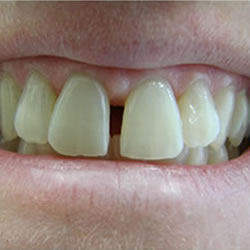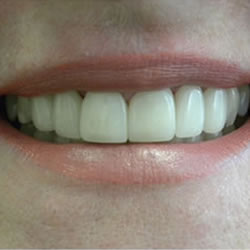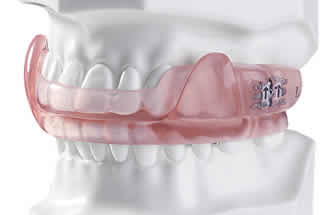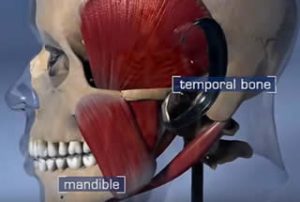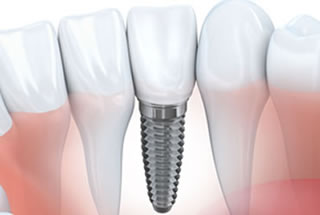An estimated 69 percent of adults in this country have lost at least one tooth. While losing a tooth may not seem like a big deal, it can cause serious issues. Not only does your appearance suffer, but your oral health may also decline. Remaining teeth can shift causing additional wear on these teeth. Other teeth may also fall out, directly affecting your ability to eat.
If you have lost one or more teeth, talk with your dentist about choices to close the gaps in your smile. Replacement options include:
Dental Bridges
One of the most common choices, a dental bridge is a permanent replacement of a lost tooth. A dental bridge contains two dental crowns on each side and a false tooth in the middle. The two permanent teeth on either side of the gap serve as abutment teeth that hold the bridge in place. Once the bridge is cemented into your mouth, you cannot take it out.
Dentures
If you have lost all the teeth on the upper or lower arch, you will need a complete set of dentures. Dentures are rows of prosthetic teeth on a gum-colored base. Usually, dentures are held in position by either adhesive cream or suction. For more security, some patients opt for implant-supported dentures, which involve the surgical placement of four screws into the jaw bone. Your denture then snaps onto the posts, creating a secure fit.
Dental Implants
The closest prosthetic to nature, a dental implant is a small metal post that the dental specialists at Metrowest Prosthodontics will place in your jawbone. One post is used for each missing teeth. Following implant surgery, your mouth will need time to heal, and the bone will fuse with the post, which forms the foundation for a permanent crown. Usually, the prosthetic replacement is placed three to six months after surgery. Implants look and function just like your natural teeth, giving you a full, attractive smile.
Your dental health is our priority at Yolanda Cruz DDS in Toronto Canada

 E-Mail Us
E-Mail Us  416-595-5490
416-595-5490